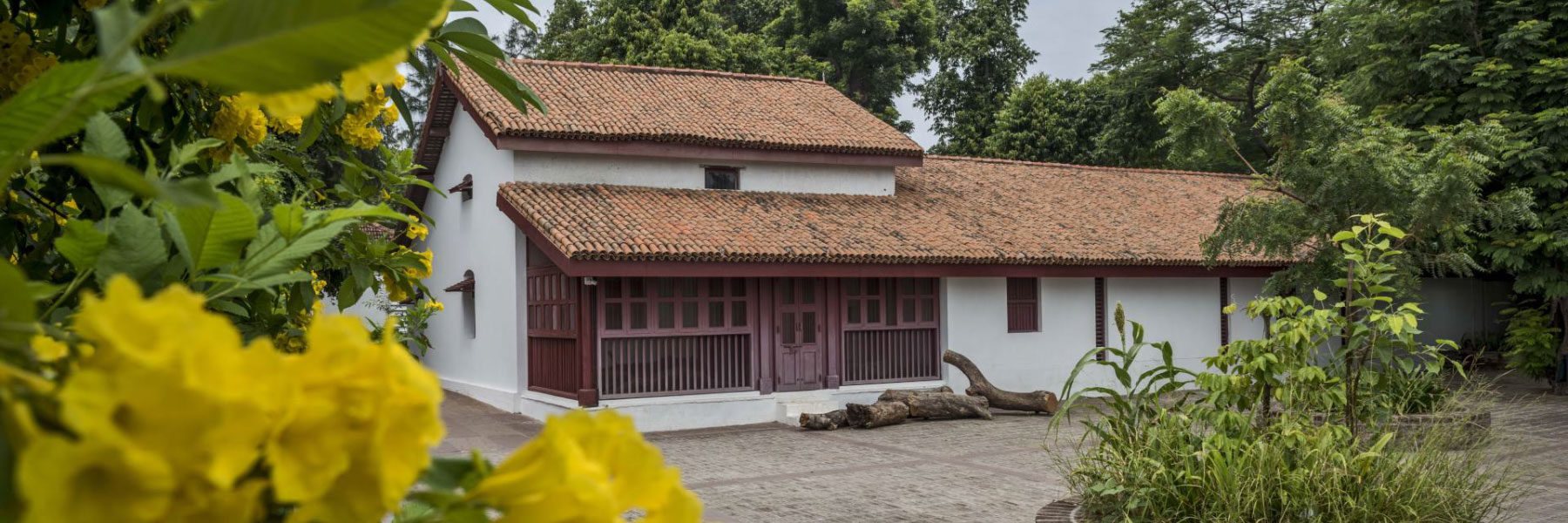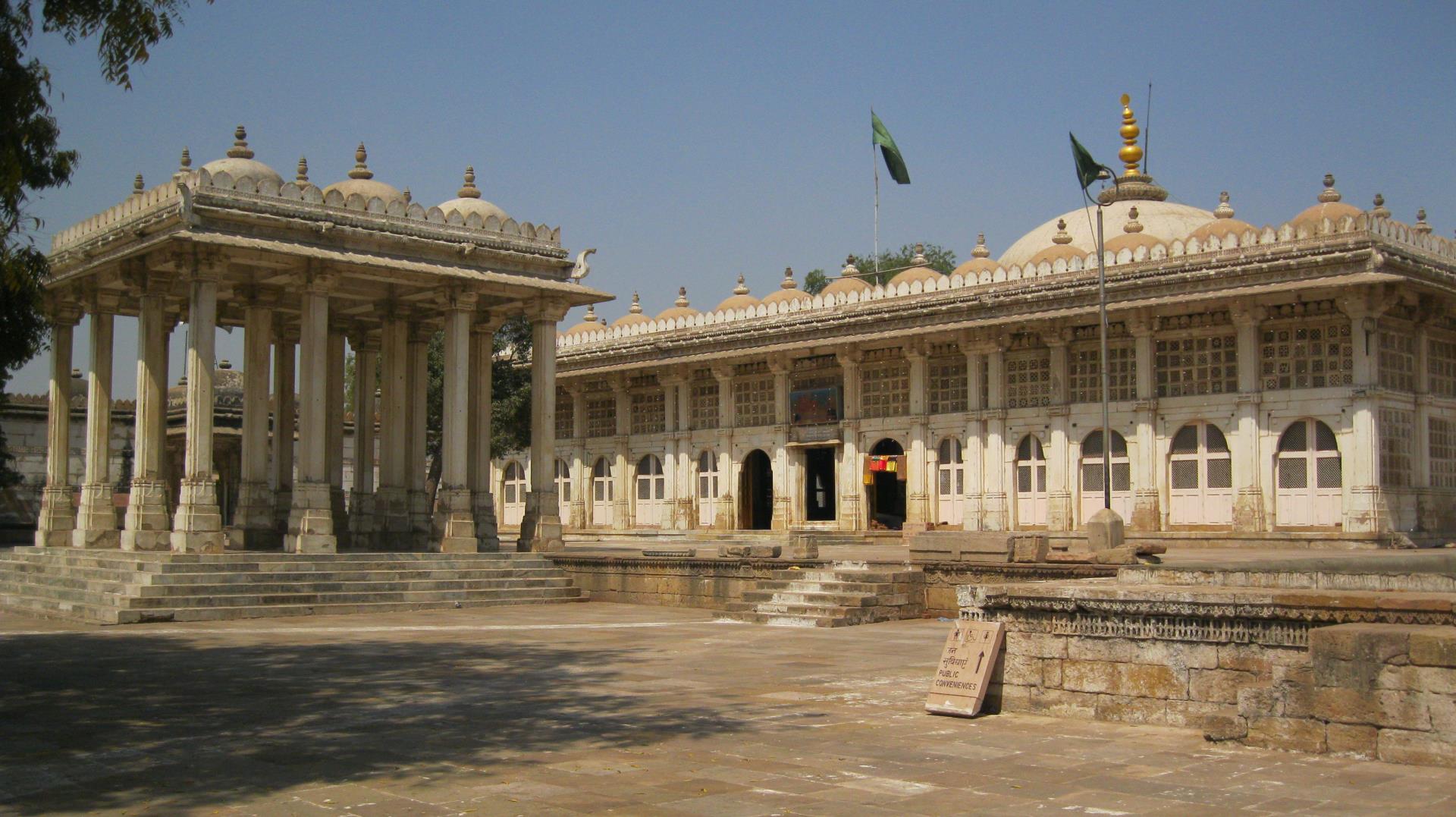
Sorry, we couldn't find anything that matches your search.
Destination

Famous Places to Explore in Hyderabad
A vibrant city with the imposing...

Raipur Tourist Places | Best Place to Visit
The stronghold of several erstwhile...

Ahmedabad
Declared as India's first UNESCO World...
#
Sabarmati Gandhi Ashram was the centre of Mahatma Gandhi's non-violent struggle against the British for the independence of India. His aura still lingers here and one can travel back in time to get a sense of his ideology and remarkable life.
As per historical sources, after returning from South Africa, Gandhiji established his first ashram at Kocharab Bungalow, which belonged to his barrister friend, Jivanlal Desai, on May 25, 1915. Back then, it was called Satyagraha Ashram. However, Mahatma Gandhi had plans to begin various activities like animal husbandry and farming so he needed a larger space. On June 17, 1917, the ashram was relocated to an area of 36 acre on the banks of River Sabarmati and thus came to be known as Sabarmati Ashram.
Documents related to his non-violence movement, including the Dandi March, which began from here, have been put on display at the Gandhi Smarak Sangrahalaya (museum). There is a library for literature on Gandhi that holds an immense archive of letters written by him, most of them on used paper scraps. The ashram shares land with Hridaykunj — the quarters where he lived; Vinoba-Mira Kutir, a guest house, a prayer land and a building used as a training centre for cottage industries. At this ashram, Gandhiji tried his hand at farming, learnt the art of spinning and weaving, and led the production of khadi. Nearby is the Environmental Sanitation Institute and a shop, Kalam Kush, where handmade paper is manufactured and sold. There are khadi stores and a khadi weaving workshop here as well.








